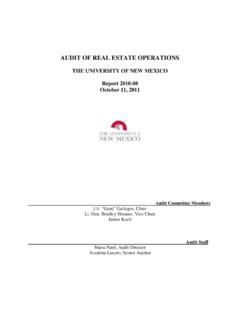Transcription of TX Marketing I: Building a Real Estate Practice
1 TX Marketing I: Building a real Estate Practice MODULE TWO: ASSETS MANAGEMENT .. 2 MODULE DESCRIPTION .. 2 MODULE LEARNING OBJECTIVES .. 3 KEY TERMS .. 4 LESSON 1: INTRODUCTION TO THE CONCEPT OF ASSET MANAGEMENT .. 7 LESSON 2: WEIGHING ALTERNATIVES .. 24 LESSON 3: PROPERTY IN DISTRESS AND Marketing & real Estate Practice . 39 2 TX Marketing I: Building a real Estate Practice Module Two: Assets Management Module Description Asset Management is the term used for the decision-making process involved in maximizing returns on real property investments. This process includes such decisions as whether or not to renew a lease for a tenant, purchase or lease more assets, improve, sell, or rent one s current assets, etc.
2 The asset manager must be aware of market trends and indicators and must be able to accurately predict the cash inflows and outflows of his or her own holdings. This module provides an introduction to the basics of asset management. It introduces the student to the key ideas and concepts of management as well as the techniques a manager will use to evaluate the market and evaluate the financial impact of alternatives in order to make properly informed decisions. The student will learn how to handle distressed properties and how to successfully market a revenue-increasing strategy. 3 TX Marketing I: Building a real Estate Practice The module ends with case studies and real world Practice , which will aid the student in becoming confident and familiar with the various aspects of asset management.
3 Module Learning Objectives Upon completion of this module, you should be able to: Discuss the basic concepts of asset management. Discuss the common decisions faced by an asset manager. State what a real Estate Investment Trust (REIT) is and list the benefits of investing in one. Identify the risks and rewards associated with real Estate investment. Describe how to conduct a useful market study. Explain how interest rates affect the real Estate market. Calculate the depreciation of residential and commercial real property held for business or investment. Comprehend the financial ratio methods of valuation, including Price to Earnings Ratios and Cap Rates. Create a pro forma projection for a real Estate investment alternative.
4 Identify the basics of a Discounted Cash Flow (DCF) analysis. Demonstrate how to use the Net Present Value (NPV) and Internal Rate of Return (IRR) to compare the values of several alternatives. Discuss distressed properties and how to handle them. State the important factors to consider when refinancing. Explain the importance of advertising and rent concessions in an investment property. Apply these concepts learned in the real world. 4 TX Marketing I: Building a real Estate Practice Key Terms Adjustable Rate Mortgage (ARM): A loan whose interest rate varies with some market rate, such as Treasury Securities. Beige Book: An analysis of market trends compiled by the Federal Reserve s Open Market Committee.
5 Capitalization Rate: The ratio of NOI to net present value, used to estimate the value of a property. It is sometimes referred to as the cap rate. Cash Flow: The movement of funds into or out of an investment. Discounted Cash Flow (DCF) Analysis: A method of valuing real Estate by discounting future cash flows to a present value. Distressed Property: Property that is a in poor physical or financial condition. Effective Market Area (EMA): The area from which an investment draws one-half to two-thirds of its business. Equity: The difference between a property s present value and the loan balance still remaining on the property. Free Cash Flow (FCF): The amount of free cash a company has, equal to the sum of after-tax profits, depreciation, after-tax interest, and non-cash losses in net working capital.
6 Inflation: A general rise in prices that results in reduced purchase power. Interest: The rent paid on money. 5 TX Marketing I: Building a real Estate Practice Internal Rate of Return: The discount rate that reduces all cash inflows and outflows to and from an investment to zero. Leasehold Improvement: Any alteration or renovation that increases the worth or utility of the property. Multiple Listing Service (MLS): An arrangement in which brokers agree to share their listings with other brokers by pooling the information in a database in exchange for a share of the commission earned by a transaction. Net Operating Income (NOI): Equal to gross income, less vacancies, credit losses, and operating expenses.
7 Net Present Value (NPV): A value for an investment calculated by discounting its future cash flows to a present value. Opportunity Cost: The value of the next best alternative. If someone can eat either a cookie or a cupcake, but not both, the opportunity cost of eating the cookie is the enjoyment she or he would have received from eating the cupcake. Price to Earnings Ratio (P/E): A financial ratio used in valuing stocks and REITs, equal to the price of one share divided by the amount of earnings that share receives in a year. Pro Forma Projections: Financial statements for a property, given certain assumptions or hypothetical situations. real Estate Investment Trust (REIT): A publicly traded company that owns and operates commercial real Estate .
8 6 TX Marketing I: Building a real Estate Practice Rent Concessions: Offers that a landlord uses to entice tenants to rent or lease his or her property, such as reduced rent or free amenities. Variable Operating Expenses: Operating expenses that are dependent on the occupancy rate. 7 TX Marketing I: Building a real Estate Practice Lesson 1: Introduction to the Concept of Asset Management Lesson Topics This lesson focuses on the following topics: Introduction Cash Flow Decisions real Estate Investment Trusts Investment Risks Market Study Interest Rates Inflation Taxes and Depreciation 8 TX Marketing I: Building a real Estate Practice Lesson Learning Objectives By the end of this lesson, you should be able to: Discuss the basic concepts of asset management.
9 Discuss the common decisions faced by an asset manager. Explain the decisions involved with the brokerage s office facility. Explain the cash flow generated by the brokerage and how it occurs. Explain the elements of a real Estate Investment Trust. Identify the risks and rewards associated with real Estate investment. Demonstrate how to conduct a useful market study. Explain how interest rates affect the real Estate market. Calculate the depreciation of residential and commercial real property held for business or investment. Integrate inflation, taxes and depreciation in evaluating the market condition. Introduction The goal of any investor is to maximize profit. A stock market investor buys those stocks she or he thinks likely to return the greatest amount in dividends or have the greatest resale value.
10 real Estate investors have a slightly different task. real property is often purchased with large amounts of borrowed money; in order to create a return on investment, it must produce significant cash flows that can pay off the debts the owners have accrued in their purchase with profit to spare. To establish these significant cash flows it requires a good asset management plan. Asset management is the term used for the decision-making process involved in maximizing returns on real property investments. This process can often be quite complex, requiring knowledge of the real Estate market and of the economy in general, as well as familiarity with commonly used market research and cash flow evaluation techniques.
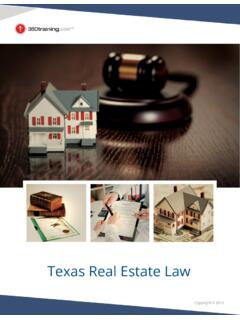
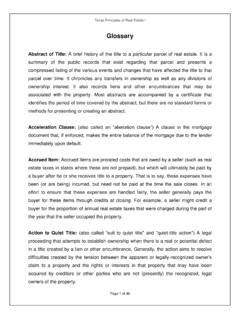

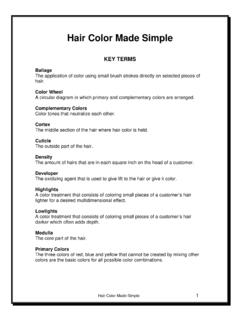
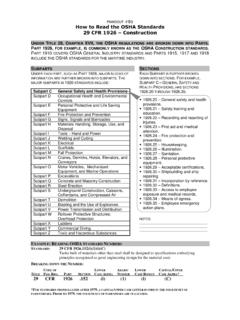
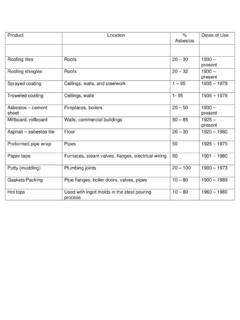

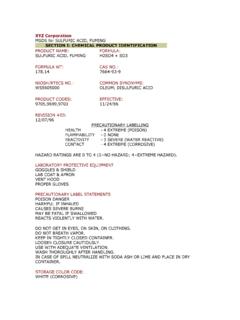
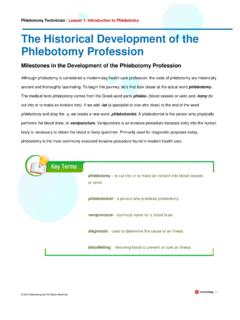




![Lease Accounting CPE slides [Read-Only]](/cache/preview/b/e/e/e/3/4/1/5/thumb-beee3415077ca108d94220e1fd63be5b.jpg)


